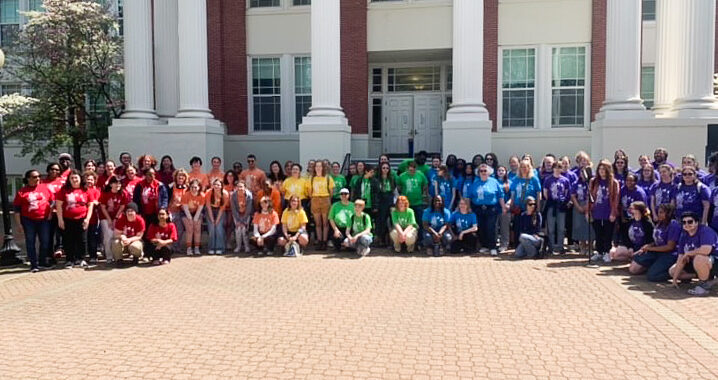Confusion Arises Over Census Count
3 min readBy MARY WILKERSON
Staff Writer
The 2010 Census has created confusion at Mary Washington as to how university students are counted, particularly for those living on campus.
The census is currently underway, with new, shorter forms featuring the catch phrase “ten questions in ten minutes.”
How college students are counted varies according to where they reside, according to the the official census Web site. Students living both on campus and off campus who reside at their parents during vacation are “counted at the on-campus or off-campus residence where they live and sleep most of the time.”
Students living at their parents’ home who commute to school are counted as part of their parents’ household. Foreign students living in the United States are counted in the same manner as U.S. students, while U.S. students studying abroad are not counted at all.
Census Bureau workers are supposed to coordinate with the Residence Life staff between April 1 and May 21 to distribute forms for students living on campus to fill out.
“I received a census form at my residence. It indeed was separate from my parents, as I live in a different state than them,” Kevin Olson, a senior who lives off campus, said.
Olson said students should fill out a census form for themselves, since they spend the majority of the year at the school, rather than at their parents’ house.
“As a result [of living here], they have more of an impact on the community surrounding the school than the location they might call home,” Olson said.
The students who live on campus were less sure about how and where they are counted.
“I didn’t fill out my own census form because I was never sent one, nor was I ever approached about filling out a form,” Elisabeth Hancock, a senior who resides on campus, said.
Juniors Samantha Notti, Hoang Phuong and Annie Unger, who are all on-campus residents, also stated that they did not fill out census forms and had heard nothing about them.
Dr. Debra Schleef, chair of the department of sociology and anthropology, taught a course this semester on the census process.
“What I don’t know is who is doing the counting—someone in residence life, each RA in the dorm, or perhaps the count is just determined from official forms in the housing office,” Schleef said. “I think in general, not at UMW, but in general, institutional census counts are problematic. The counts are probably accurate, but not the information on the rest of the census, especially with regards to race, where the norm of the census bureau has been self-identification for decades.”
Christine Porter, director of Residence Life, was unavailable for comment.
The census is a long-standing practice that finds its roots in the Constitution. Article 1, Section 2 lays the groundwork by declaring “[An] Enumeration shall be made within three Years after the first Meeting of the Congress of the United States, and within every subsequent Term of ten Years, in such Manner as they shall by Law direct.”
The first census was conducted in 1790, with the 2010 census being the 23rd conducted in the history of the United States.











